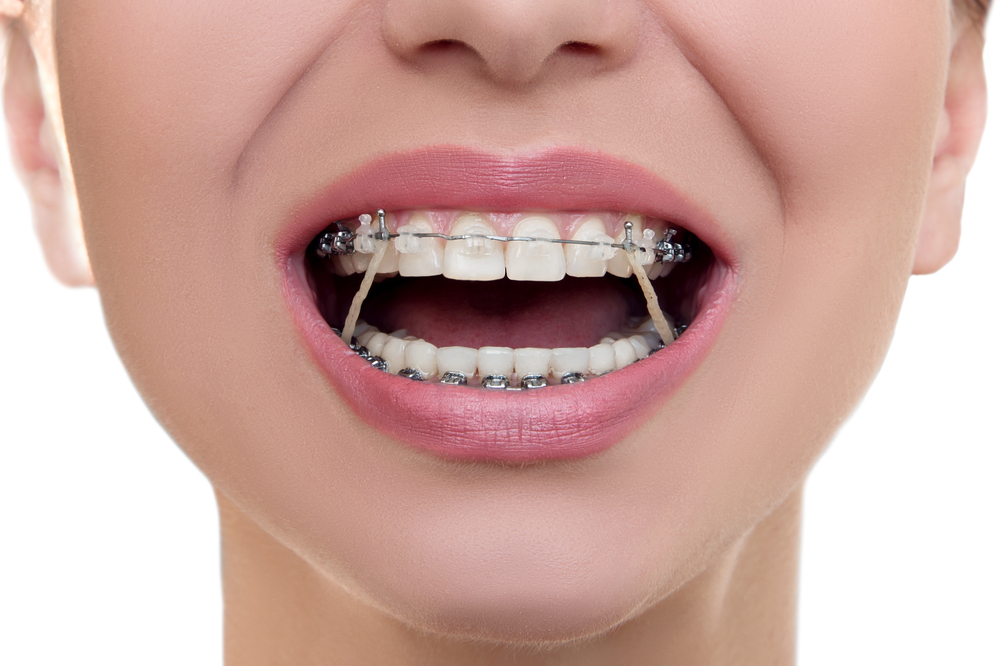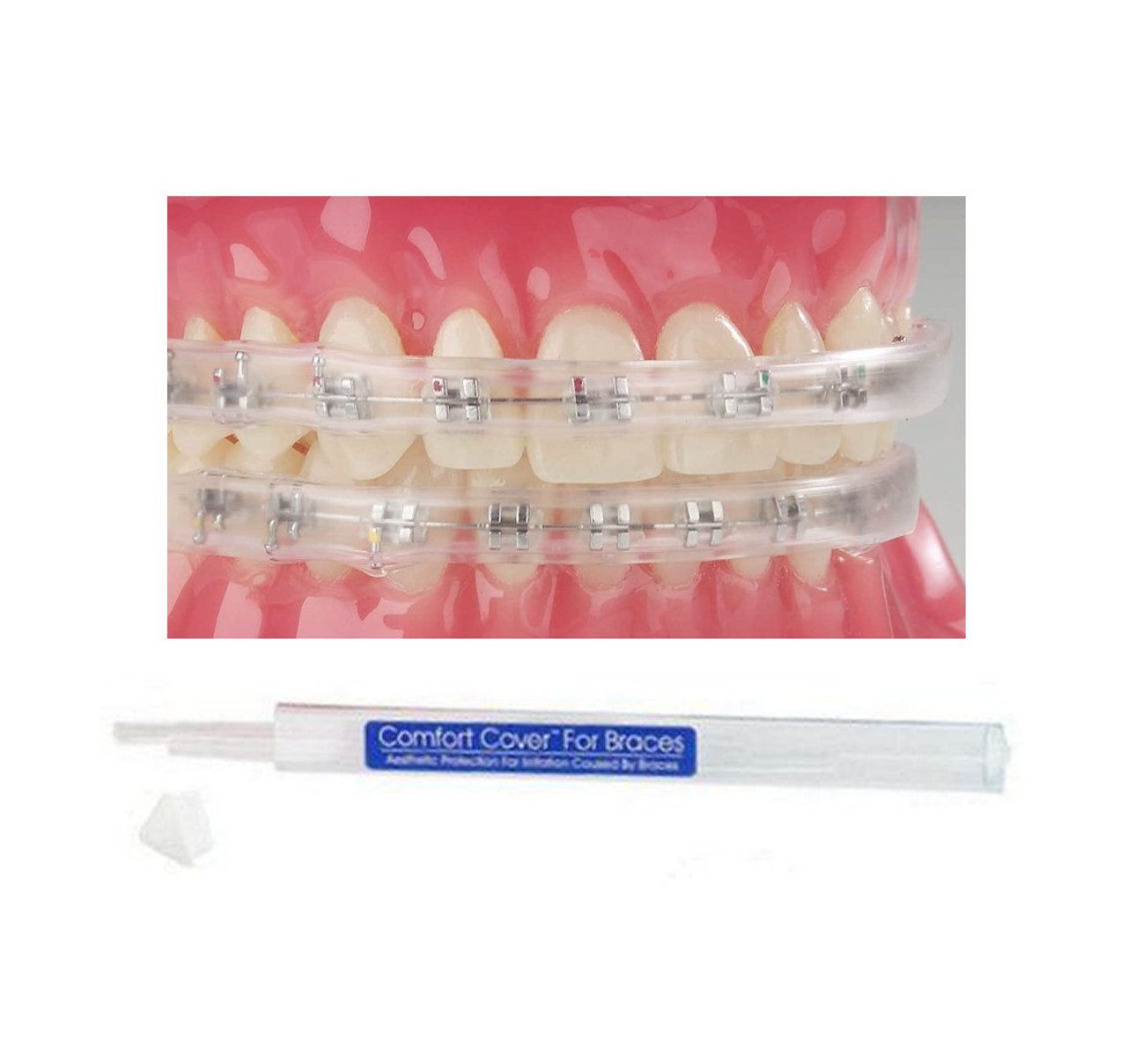Expert Cumming Braces and Aligners: What to Know Before You Go to
Expert Cumming Braces and Aligners: What to Know Before You Go to
Blog Article
Comprehensive Overview to Orthodontics Treatments for Dealing With Dental Imbalances
Comprehending the ins and outs of each treatment, including their devices, benefits, and potential drawbacks, is important in making educated decisions concerning one's orthodontic therapy. As we navigate through the comprehensive guide to orthodontic procedures for dealing with oral misalignments, the detailed details of each method will unravel, losing light on the course towards a practical and harmonious dental positioning.
Orthodontic Procedures Introduction

Routine changes and surveillance are essential parts of orthodontic therapy to guarantee progress is on track and to make any needed alterations along the way. By undergoing orthodontic treatments, patients can not just achieve a straighter grin however also enhance their total oral health and wellness and function.
Conventional Braces: How They Work
When considering orthodontic therapies for dental imbalances, typical dental braces stand apart as a tried and true technique for fixing teeth placing. Traditional braces contain braces, cables, and bands that interact to use continual stress on the teeth, slowly relocating them into the preferred alignment. The braces are connected to the teeth utilizing a special adhesive, and the cords are threaded with the braces. By adjusting the stress of the cords, orthodontists can manage the instructions and force used to each tooth, guiding them into appropriate placement gradually.
As pressure is used to the teeth via the braces, the bone bordering the teeth is improved to sustain the brand-new tooth placements. Clients will require normal modifications at the orthodontist's office to guarantee the braces proceed to use the proper stress for reliable teeth movement.
Undetectable Aligners: Pros and Cons
These clear, customized trays are basically unseen when used, making them an appealing option for people seeking a more cosmetically pleasing orthodontic treatment. People can eliminate the aligners before eating or cleaning their teeth, decreasing the danger of food getting stuck in the home appliance and streamlining the cleaning procedure.

Surgical Orthodontic Options
Surgical treatments in orthodontics present practical choices for resolving intricate dental imbalances that may not be successfully dealt with with traditional orthodontic treatments. While typical braces and undetectable aligners can deal with several orthodontic problems, certain instances require surgical treatment to attain ideal results. Surgical orthodontic alternatives are commonly advised for serious malocclusions, substantial jaw disparities, and instances where the underlying bone structure requires modification to accomplish correct placement.
One common surgical orthodontic procedure is orthognathic surgery, which entails rearranging the jaws to deal with functional issues such as trouble eating or talking. This surgery is frequently executed in cooperation with an orthodontist that assists straighten the teeth before and after the procedure. Surgical orthodontics may additionally entail procedures to reveal impacted teeth, get rid of excess periodontal cells, or reshape the jawbone to develop a much more unified face profile.
Before taking into consideration medical orthodontic alternatives, people go through an extensive evaluation to figure out the necessity and potential benefits of such interventions. invisalign. While surgery may seem complicated, it can substantially improve both the feature and visual appeals of the smile in cases where standard orthodontic treatments fail
Retainers and Post-Treatment Care

Failure to comply with post-treatment treatment instructions can result in regression, where the teeth slowly relocate back towards their original settings. Constant retainer wear, good oral hygiene, and regular dental exams are necessary for preserving the outcomes achieved via orthodontic surgery and making certain the long-lasting stability of the corrected oral alignment.
Verdict
Finally, orthodontic procedures provide numerous alternatives for fixing dental imbalances. Conventional braces utilize steel brackets and cords to move teeth right into correct alignment. Unnoticeable aligners offer a more very discreet alternative yet might not be suitable for all instances. Surgical orthodontic alternatives are available for a lot more severe misalignments. Retainers are frequently made use of post-treatment to maintain the new alignment. Overall, orthodontic procedures can efficiently enhance dental health and wellness and visual look.
As we browse via the comprehensive guide to orthodontic procedures for correcting oral misalignments, the elaborate information of each approach will unfold, losing light on the course toward a functional and harmonious oral positioning. - cumming orthodontics
One of the most common orthodontic therapies is the use of dental braces, which consist of steel braces and cords that use mild stress to progressively move teeth into the preferred placement.When taking into consideration orthodontic therapies for dental imbalances, traditional braces stand out as a tried and true method for correcting teeth placing. Furthermore, unnoticeable aligners may not be ideal for complicated orthodontic problems that require even more considerable teeth activity, emergency dental offices near me as they are usually recommended for moderate to moderate instances. Retainers are tailor-made orthodontic devices created to hold teeth in their dealt with placements after the conclusion of orthodontic treatment.
Report this page